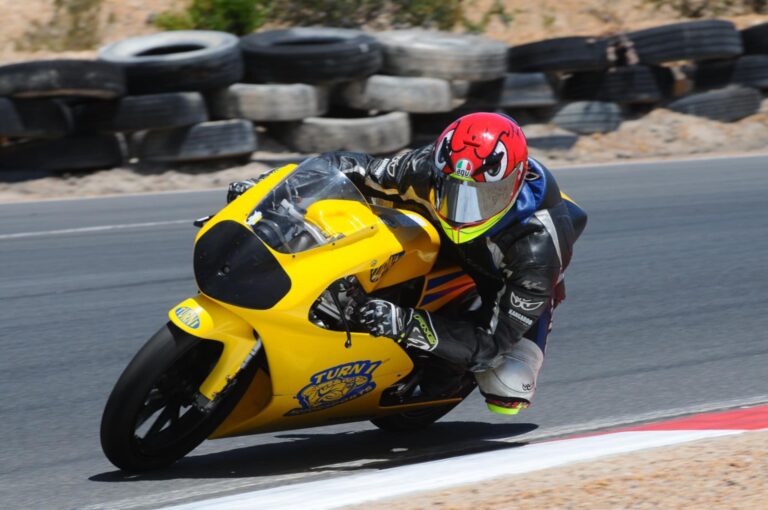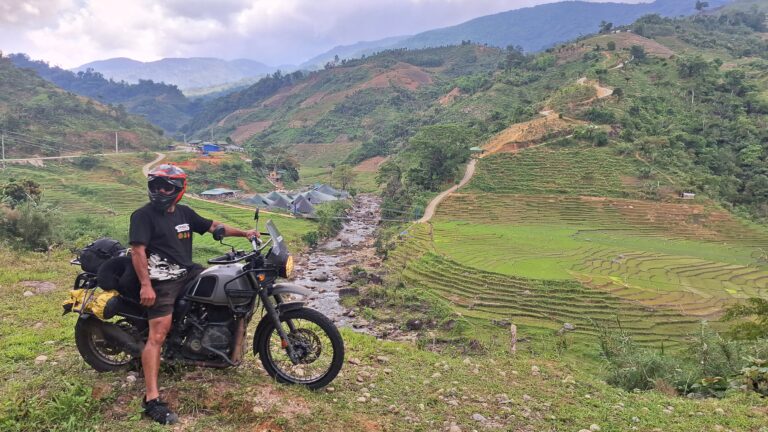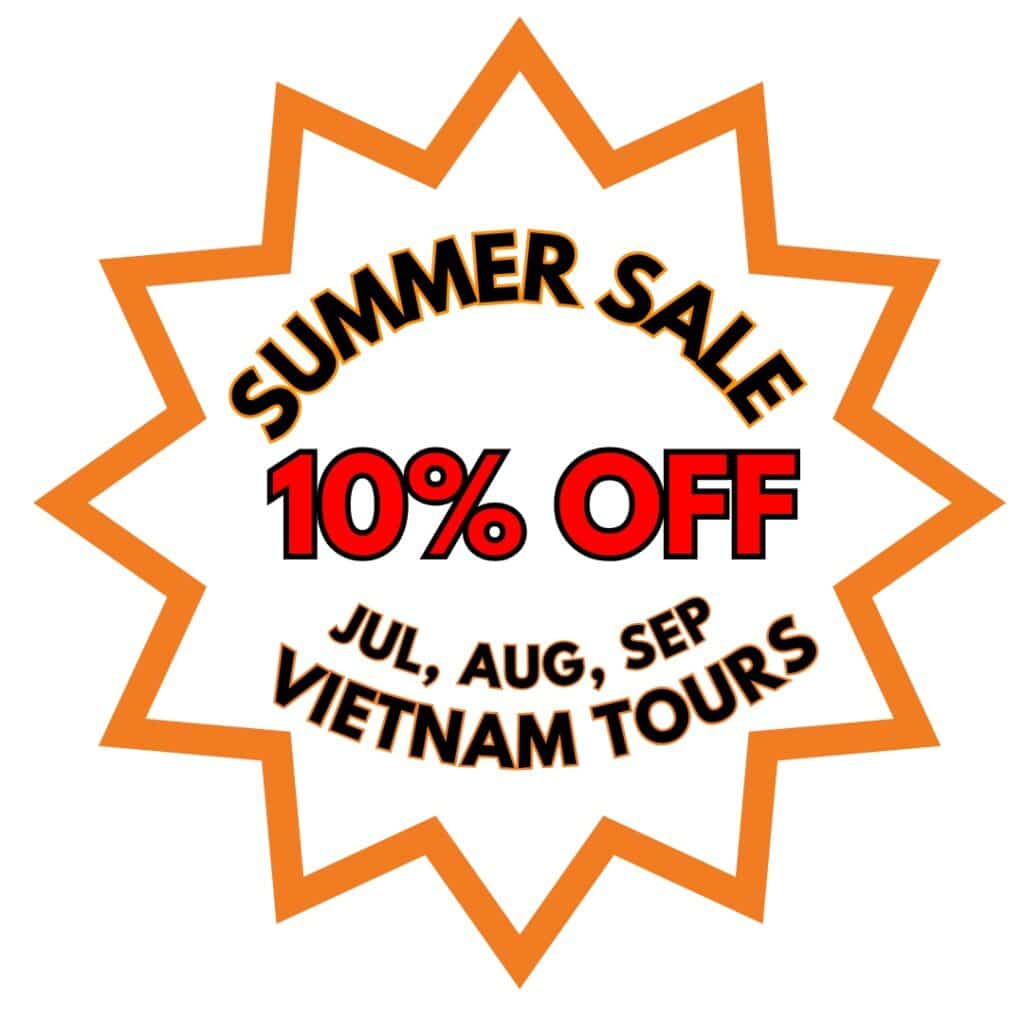
Home > Blog > Destinations > Top 10 Reasons to Book a Sri Lanka Motorcycle Tour
Top 10 Reasons to Book a Sri Lanka Motorcycle Tour
Share:
- Published:
- Updated: 12/03/25

Onyabike Adventures is thrilled to unveil our newest gem: a 9-day Sri Lanka motorcycle adventure, crafted for riders who crave the thrill of the open road and the allure of an island unlike any other. This tropical paradise, with its emerald tea hills, sun-drenched beaches, and ancient ruins, is a rider’s playground begging to be explored. We know you’re itching to rev up and discover what awaits, so we’ve distilled the essentials into a rider-friendly guide. From jaw-dropping scenery to pulse-quickening roads, Sri Lanka delivers an unforgettable two-wheeled journey — and we’re here to show you why it’s a must-do.
Riders are naturally curious about what lies ahead on a Sri Lanka motorcycle tour, and we get it — new culture, new terrain, new thrills. That’s why we’ve put together this list of the most crucial info to know before you swing a leg over the saddle. Whether you’re weaving through misty mountain passes, chasing coastal sunsets, or dodging a curious monkey or two, this trip promises a mix of adventure and discovery. So, gear up and join us as we dive into the top 10 reasons to book a Sri Lanka motorbike tour. Your next epic ride starts here.
Take note: Onyabike Adventures’ next planned trip to Sri Lanka begins November 20th, 2025. We’re also happy to add new dates for groups of 4 or more riders. If that sounds like you, reach out to us to learn more.
Table of Contents
Lush nature and thrilling roads
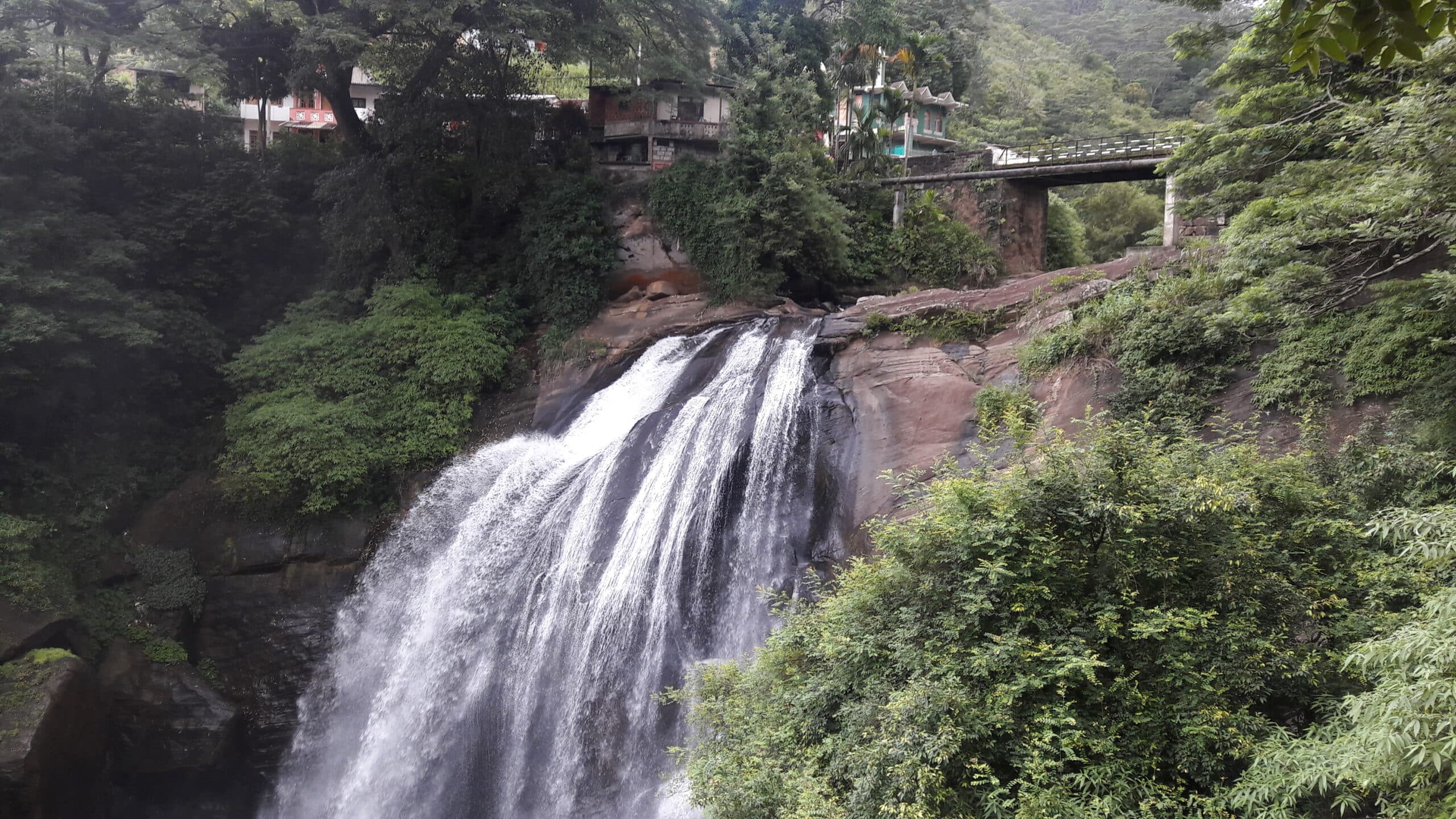
Sri Lanka’s varied yet tropical nature attracts visitors from all over the world — and it’s becoming a renowned motorbike tour destination. Exotic wildlife, thrilling roads, lush forests, looming mountains, and sunny beaches all combine to make for an epic journey.
1. Year-round riding weather
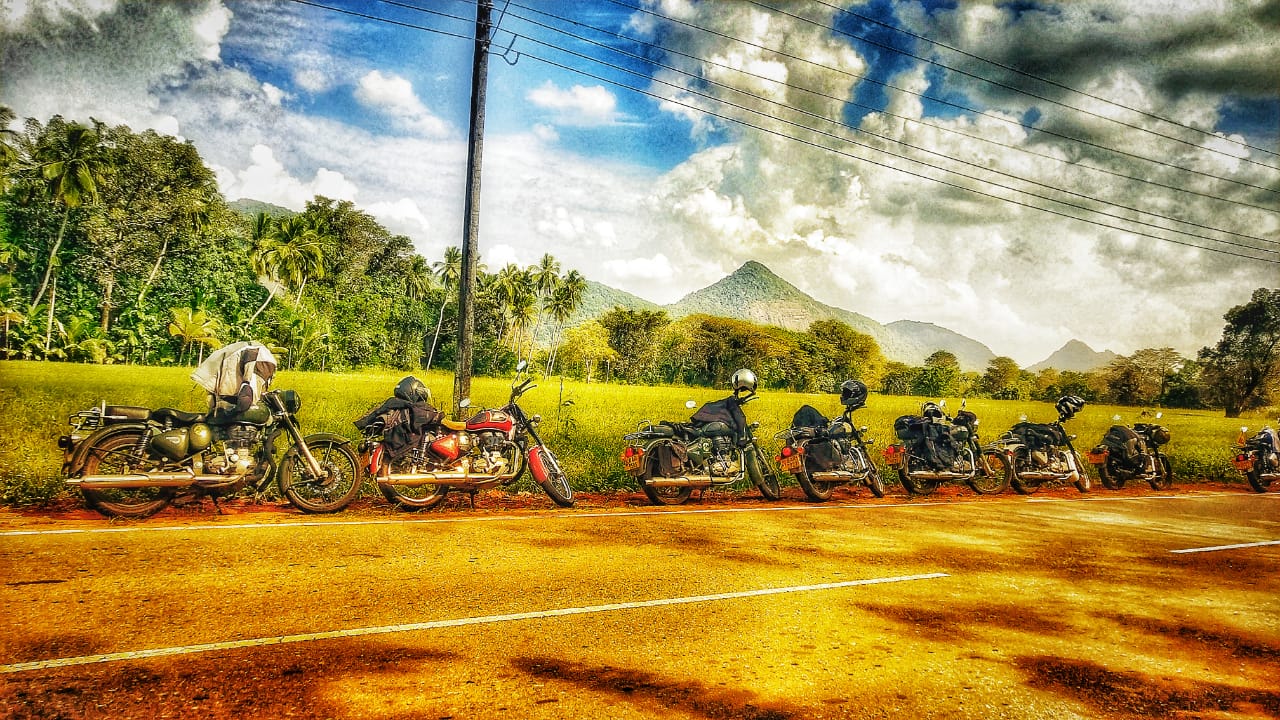
Sri Lanka, with its tropical climate and diverse landscapes, offers motorcyclists an excellent riding experience year-round — but the best times for a trip largely depend on navigating its monsoon patterns and weather variations. Fortunately, the monsoons are localized to specific parts of the coast, so no matter what time of year you go you can find a good place to ride.
The island experiences two primary monsoon seasons: the Yala monsoon (from the southwest) from May-August, which drenches the southern and western coasts, and the Maha monsoon (from the northeast) from October to January, which brings heavy rains to the northern and eastern regions like Jaffna, Trincomalee, and Batticaloa.
These monsoons can make roads slippery, reduce visibility, and turn unpaved roads into muddy challenges. Between these seasons — and on opposite sides of the island — lie sweet spots of dry, warm weather perfect for exploring Sri Lanka’s coastal roads, highlands, and ancient sites.
Overall, there are about 8 good months to ride, with peak riding seasons stretching from February to April when the entire island enjoys a lull between the monsoons. During these months, temperatures hover between 25-30 C, humidity is manageable, and rainfall drops to a minimum across most regions. These dry conditions make for an ideal time to ride along the stunning southern coast — e.g. Mirissa to Angalle — or to tackle the winding roads of the central highlands around Kandy and Ella, where cooler air and breathtaking views await.
During this time, the north and east, recovering from the Maha monsoon, also open up with clear skies, letting riders explore less-touristy gems like Arugam Bay or the ancient ruins of Anurandhapura without sudden downpours lurking just beyond the horizon.
Another good option is late July to early September, particularly for the eastern and northern coasts. The southwest monsoon still lingers during this time, but the east is frequently dry and sunny. Temperatures often hover in the 30s celsius during the day, but coastal breezes keep riding weather pleasant.
No matter what happens, Sri Lanka is still a tropical country, and rain can and does occur without warning. With adequate preparation and gear, however, riders can get through wet weather without much trouble.
NOTE: Onyabike’s next Sri Lanka tour is November, 2025. As we don’t visit the north of the island, riders can expect pleasant riding conditions and mostly clear skies.
2. Beautiful mountain and beach roads

Sri Lanka offers top-notch mountain and beach roads to explore — the island’s mixed topography offers enough variety to keep daily rides exhilarating. The mountain roads provide sharp bends, steep climbs, and jaw-dropping scenery.
One standout road is the ascent from Kandy to Nuwara Eliya in the central highlands, a roughly 75-kilometer stretch that winds through lush tea plantations and misty peaks. The road, often twisting and narrow, demands focus as it climbs to over 1800 feet over sea level, rewarding riders with cool air and panoramic views of green hills dotted with tea pickers.
Another gem is the Ella to Haputale road, a shorter but equally stunning ride through rugged terrain, where hairpin urns reveal waterfalls like Ravana Falls and glimpses of the southern plains below. These mountain routes, with often steep gradients, can be challenging roads, but they’re more than worth it.
On the flip side, Sri Lanka’s coastal highways provide a laid-back contrast, blending smooth rides with ocean breezes and vibrant roadside life. The Galle to Matara stretch along the southern coast is a classic, spanning some 40 kilometers of well-paved road hugging the Indian Ocean. Riders can cruise past golden beaches, stilt fisherman, and colonial-era forts with plenty of spots like Mirissa to pull over for a coconut or a dip in the ocean.
Sri Lanka also offers plenty of options for offroad or dirt-road riding, with a wide variety of road conditions available. The hinterlands around Udawalawe National Park, northeast of Galle, is crisscrossed with dirt trails and gravel paths winding through scrubland and small villages. Additionally, the region around Tissa and Yala National park in the country’s southeast provide a rugged playground, with unpaved trails winding through arid plains into scrub forests. The areas surrounding Tangalle in the south boast sandy tracks and marshy patches near lagoons, where riders can weave between coconut groves and bird sanctuaries. Bring a bike built for the beating if you intend to enjoy these offroad gems.
3. Incredible Sri Lanka wildlife

Motorbike riders are in for a treat when it comes to wildlife in Sri Lanka. The island’s rich tropical biodiversity spills onto its roads and trails, especially in rural and protected areas. Riders might encounter Sri Lankan elephants, particularly in the south and east, where they roam near national parks. Since elephants aren’t known for being well-versed in traffic rules and etiquette, be cautious when you see them crossing roads and give them plenty of space.
Monkeys, like the toque macaque and grey langur, are common sights, often seen hanging out in trees or scavenging alongside roads. Peacocks can be seen strutting across fields, while monitor lizards and smaller critters like mongoose will occasionally dart across a road. In coastal and wetland areas, expect to see crocodiles — we recommend not swimming in these areas. Similarly, in wetlands, you can find a huge variety of birdlife, including kingfishers, egrets, and hornbills. If you’re into birds, bring some good binoculars.
Leopards do exist in Sri Lanka — there are some 800 individuals on the island. Riders stand their greatest chance of spotting one in Yala National Park in the south, which is included on our tour. Our guide Hawk notes that roughly half the trips to Yala sight a leopard.
Udawalawe National Park in the south is an excellent spot to spot wildlife. Off-road trails around its edges can get maybe net you elephants, deer, and water buffalo, but a guided safari can help you see more of the stars. Additionally, Rekawa near Tangalle offers turtle nesting beaches as well as a host of waterfowl like storks and herons.
When riding through wet zone grasslands and heavily-forested areas, keep a close eye out for snakes like the green pit viper, which is nocturnal and likes to live in trees. Don’t step in areas you can’t see, and watch branches around you carefully in the evening.
4. Sunny Sri Lanka beaches
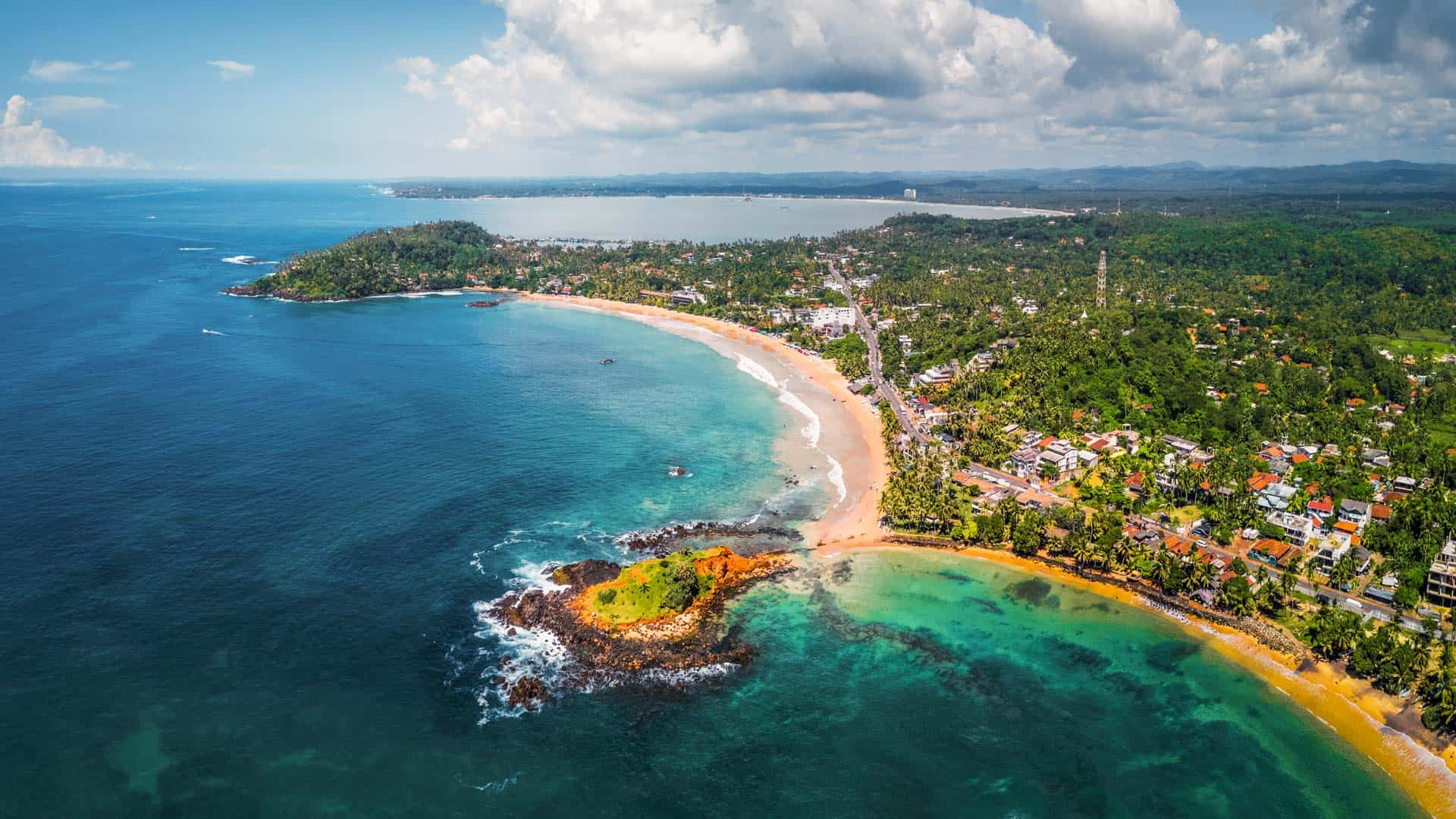
As a tropical island nation, Sri Lanka is blessed with beautiful beaches. Motorbike riders can easily access some of the island’s best stretches of sand, each offering unique vibes and stunning scenery. The southern and eastern coasts, in particular, boast beaches that blend natural beauty with rideable routes, making them perfect for a coastal motorbike adventure.
Mirissa Beach, on the southern coast, is a standout with its crescent of golden sand bookended by iconic rocks. It’s a laid-back spot ideal for swimming or watching whales offshore, and the nearby coastal road from Galle offers a scenic ride past fishing villages. Just east, Tangalle Beach sprawls with quieter, wilder vibes. The ride from Matara to Tangalle hugs the ocean, with plenty of fresh seafood available along the way. Further along, Arugam Bay on the southeast coast is a surfing mecca due to its long, curling waves.
In the southwest, Unawatuna Beach near Galle delivers a mix of turquoise waters, coral reefs, and buzzing beach bars. The short ride from Galle Fort winds through narrow lanes, making it an easy detour. Nearby, Hikkaduwa Beach caters to party-goers and snorkelers with its party strip and rich reefs, accessible from the coastal A2 highway.
5. Stunning whale and dolphin watching
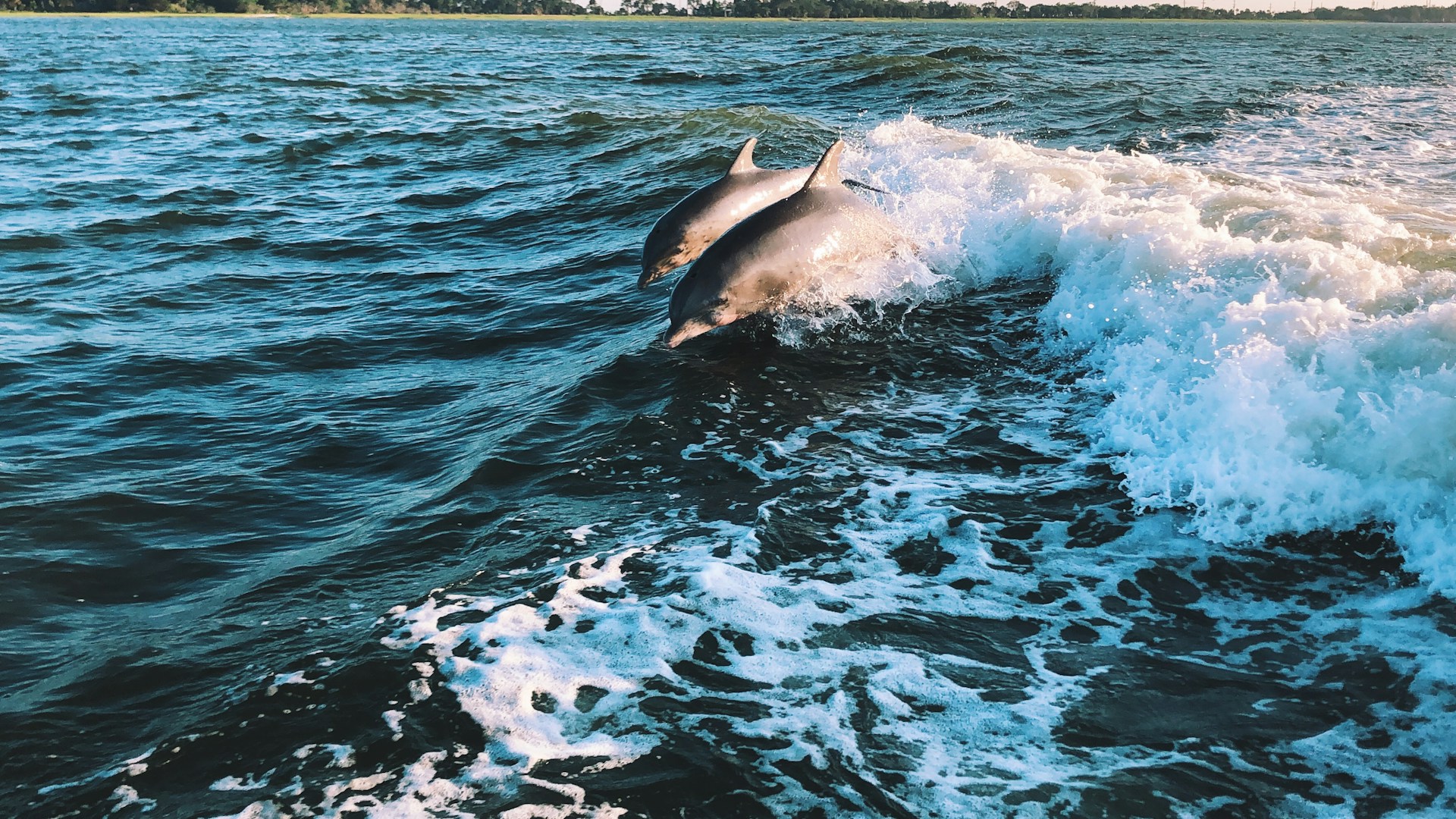
Sri Lanka is known for its whales and dolphins — in fact, it’s one of the world’s top destinations for whale watchers due its location near deep ocean trenches. The southern and eastern waters offer the richest diversity. The types of whales depend on the season and location, but hte island’s warm seas attract both resident and migratory species year-round.
The blue whale is the star attraction, especially off the southern coast near Mirissa from November to April. Sperm whales are another frequent sight in the same region and season, often spotted solo or in small groups. Off Trincomalee on the east coast, from April to September, both blue whales and sperm whales appear, as well as the occasional humpback whale.
The southern coast from November to April and the eastern coast from April to September are your best chance to catch whales.
Dolphins are significantly easier to spot, as they often venture in shallower waters than whales do. You may even be able to catch some from the saddle as you’re riding along the coast. Dolphins are common around Kalpitiya on the west coast during November to April, for example, where pods can approach boats in shallow waters. A large number of dolphin species thrive in the warm waters surrounding Sri Lanka, so keep your eyes to the sea to catch a glimpse.
Rich culture and history
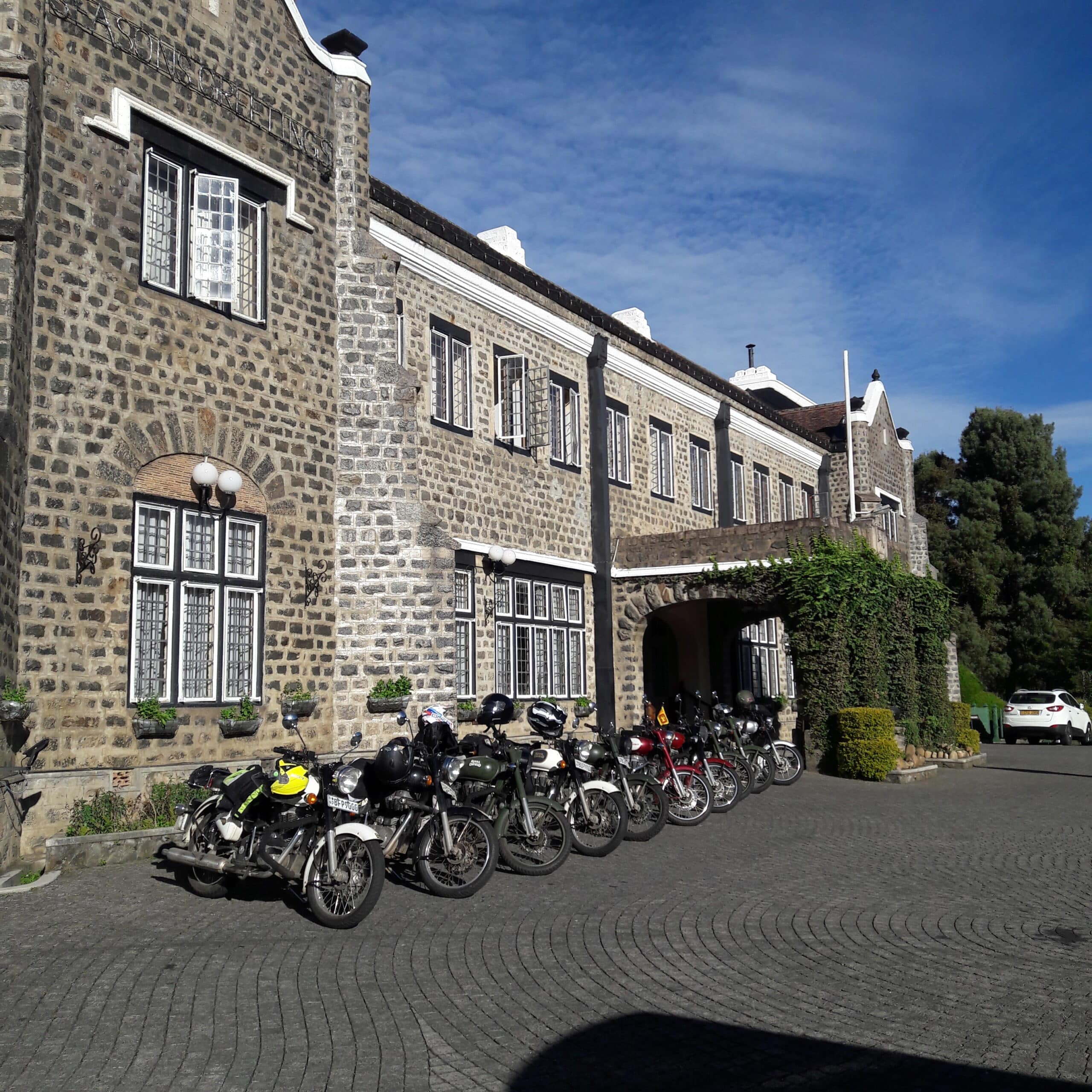
As an ancient country with a long and varied culture, Sri Lanka boasts a number of historical wonders and cultural experiences. Combining unique destinations with fun roads is what Sri Lanka is all about, as riders from around the world are discovering.
6. Unforgettable Sri Lanka UNESCO World Heritage Sites
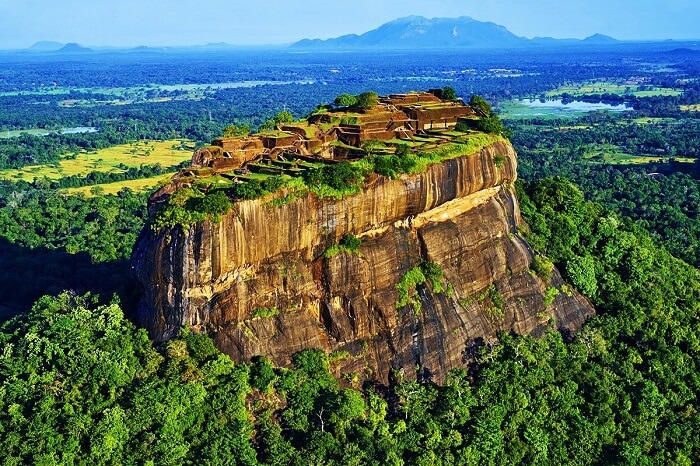
Sri Lanka boasts 8 UNESCO world heritage sites. While they’re all fascinating in their own right, there’s a handful we like to focus on.
Anuradhapura, called the Sacred City, is a sprawling ancient capital dating back to the 4th century BC. Riders can cruise through its network of quiet roads and past massive stupas, sacred bodhi trees, and crumbling monasteries. As one of the key features of Sri Lanka’s Cultural Triangle, it’s a must-see for anyone in the region. The city was destroyed during the Chola invasion from southern India, but much of its ruins survive although the city did not become a major population center again until the 19th century.
Pollonaruwa is a fantastic stop for motorbike riders seeking a mix of history and open-road exploration. It, too, makes up a major stop in the Cultural Triangle. The city, the second capital of Sri Lanka after the destruction of Anuradhapura in 993, was at its peak between the 11th to 13th centuries, features well-preserved ruins like stupas, Buddha statues, and the Royal Palace complex. A large variety of stone carvings and masonry work indicate a highly sophisticated society. Highlights like the Gal Vihara — featuring four colossal rock-cut Buddhas — and the Parakrama Samudra reservoir reflect past glory.
Sigiriya, often called the Lion’s Rock, is a 5th-century fortress sitting atop a 200-meter volcanic rock column, surrounded by jungle and plains. Like the two sites above, it is part of the Cultural Triangle. Built by King Kashyapa, it features ancient frescoes, a mirrored wall, and the remnants of a royal palace. This is all accessible via a steep climb after parking your bike. The combination of natural beauty and historical depth makes it truly unique.
The Old Town of Galle and its fortifications, right on the southern coast, is a 16th-century Dutch colonial fort. It’s essentially a living heritage site, with narrow cobblestone streets and colonial architecture. The fortifications still in place are impressive and well-maintained, with the clock tower, star bastion, and maritime fort providing ample historical interest.
7. Delicious Sri Lankan food
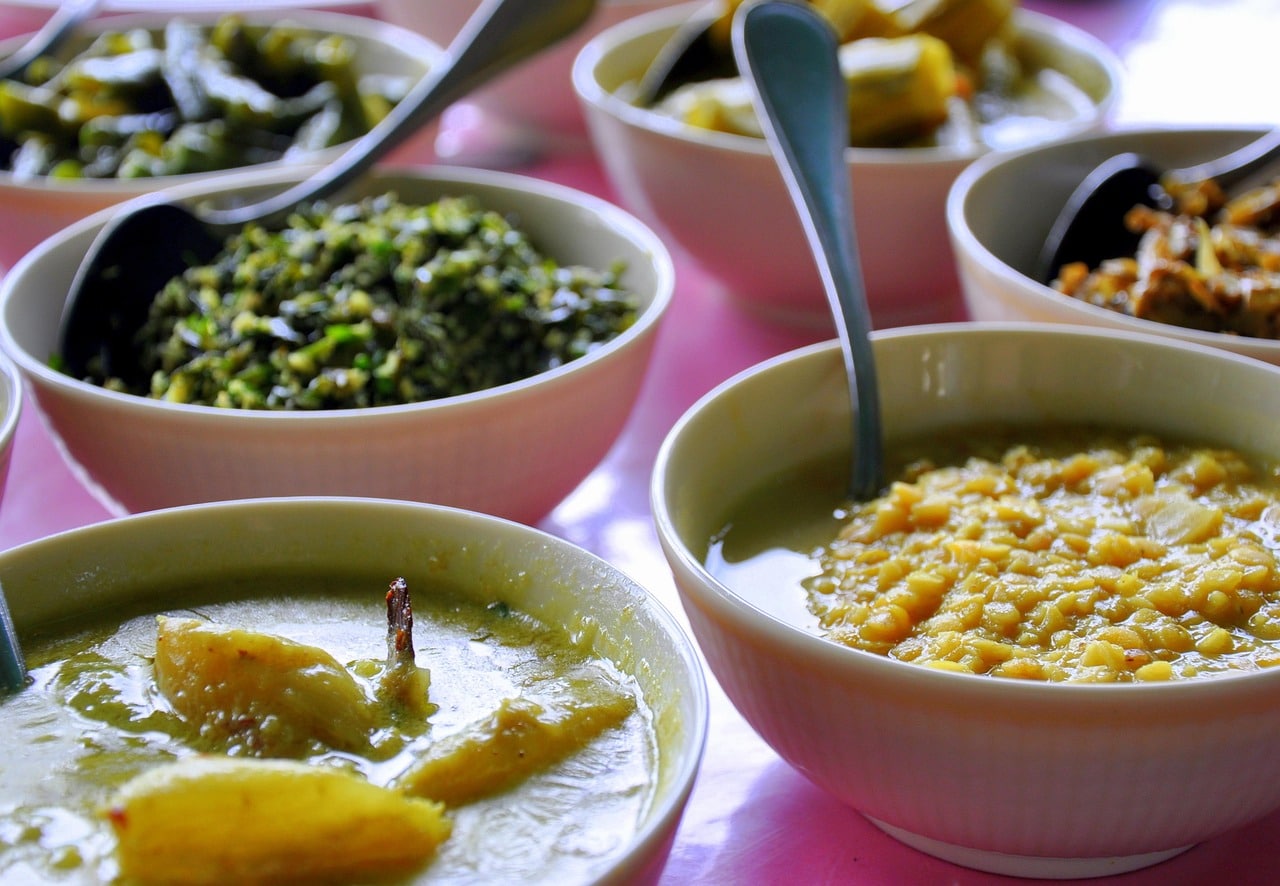
It wouldn’t be an international trip without the excitement of tasting a country’s fare, and Sri Lanka steps up to the plate with its offerings. Sri Lankan cuisine is a vibrant fusion of flavors, blending spices, fresh ingredients, and influences from South Indian, Malay, and colonial traditions. The following can be found at roadside eateries, local warungs, or other stops along your way.
Rice and curry, the national staple, isn’t just one dish but a platter of steamed rice paired with an array of curries. These can include spicy dhal (lentils,) creamy coconut-based chicken or fish curry, or vegetable sides like pumpkin or jackfruit. Pol sambol, a fiery coconut relish, often adds a kick. Every restaurant will do theirs a bit differently, so keep note of what you like the best.
Kottu Roti, a street food favorite, is chopped roti stir-fried with vegetables, egg, and your choice of meat banged together on a hot griddle with spices. It’s a roadside soundtrack in Sri Lanka and represents a quick, tasty meal.
Hoppers, bowl-shaped pancakes made from fermented rice flour and coconut milk, come either crispy-edged or soft. Plain hoppers pair with curry, while egg hoppers — fried with an egg in the middle — are a breakfast classic, often paired with seeni sambol (onion relish).
Fish Ambul Tiyal, a southern specialty, is a tangy, sour fish curry using tuna or mackerel cooked in goraka, a relative of tamarind, black pepper, and spices. You’ll find this a lot around Mirissa or Tangalle.
Polos Curry, made from young jackfruit cooked in a rich, spiced coconut milk gravy, is a vegetarian dish that’s creamy and somewhat sweet. It’s a staple in rural areas and goes well with rice or roti.
Wattalapam is a dessert — a coconut custard infused with palm sugar, cardamom, and nutmeg. It’s often found at local bakeries or guesthouses.
Lamprais are a Dutch legacy, consisting of rice, chicken or pork, and sides like eggplant curry wrapped in a banana leaf and baked. It’s a solidly flavorful, portable packet great for road trip stops.
8. Misty tea plantations
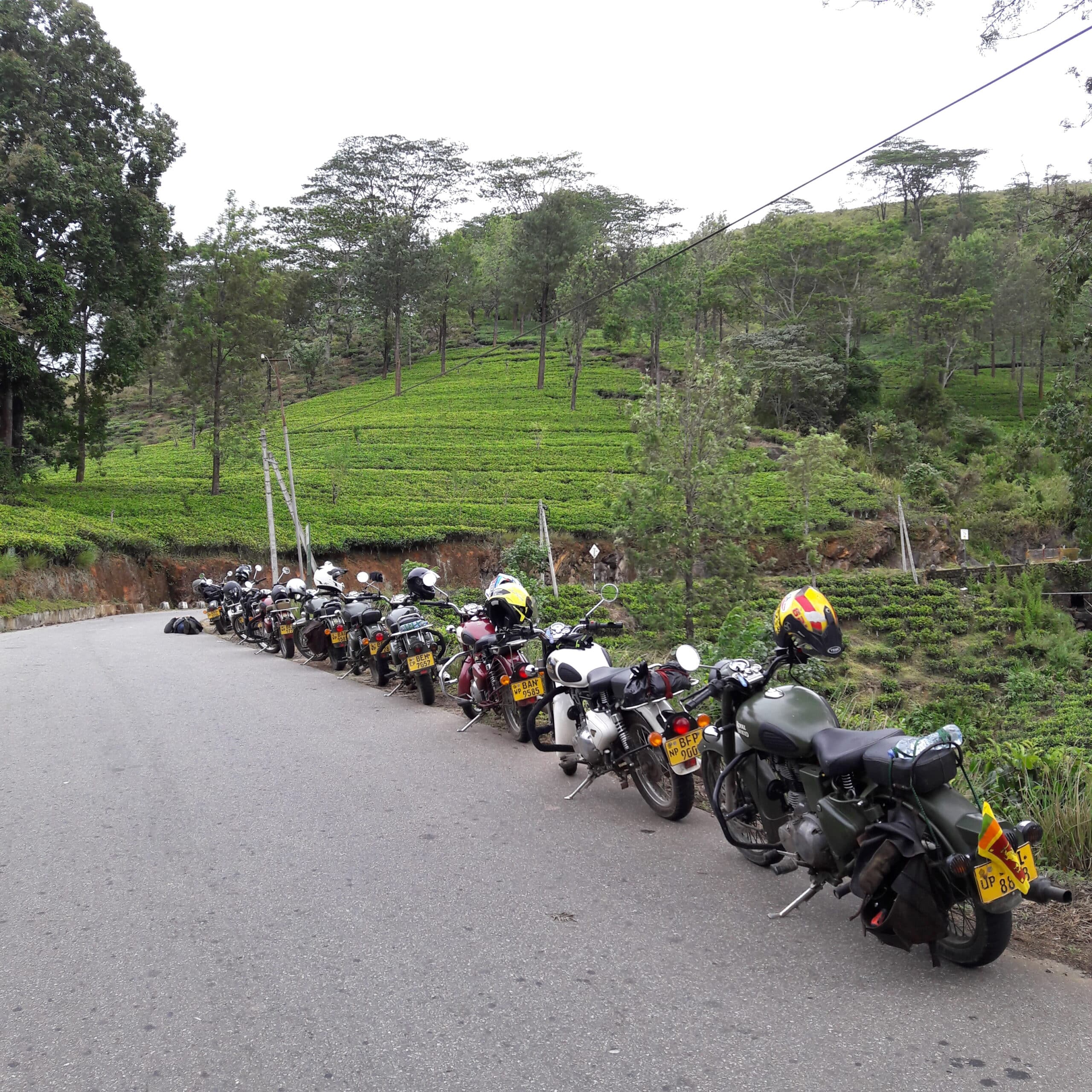
Sri Lanka’s tea plantations are a motorbike rider’s paradise, offering winding roads through emerald hills, cool mountain air, and a glimpse into the island’s colonial history — perfect for a pit stop or a full day’s exploration. Known as the heart of Ceylon tea production, these sprawling estates blanket the central highlands, producing some of the world’s finest black tea. The best time to ride through is February to April, when the dry season dry season keeps the roads clear and the bushes vibrant, but the misty times of other parts of year add their own allure.
The Nuwara Eliya region, often called “Little England,” is a must for tea lovers. The Pedro Tea Factory, for example, is nestled at 1,800 meters above sea level. Riders can twist through narrow, paved lanes flanked by neatly trimmed tea bushes, where Tamil pickers in colorful clothing dot the slopes. The air carries the faint aroma of tea leaves, and stops at factory tours reveal the process from pluck to cup, often with a sample included. Nearby, the Haputale area offers more rugged rides past estates like Dambatenne, founded by Scottish tea magnate Sir Thomas Lipton. Nearby is Lipton’s Seat, a peak once used as an observation post.
Further south, Ella’s tea plantations, like the Uva Halpewatte estate, blend accessibility with stunning vistas of rolling hills and waterfalls like Ravana Falls. The roads here, a mix of smooth tarmac and gravel tracks, wind past colonial bungalows and over pullovers for photos or roadside tea stops. In the lower hills near Ratnapura, smaller estates provide a quieter ride, with tea growing alongside gem mines.
These plantations aren’t just a backdrop — they’re a living industry, and riders can grab a fresh brew of a bag of single-origin tea to fuel the next leg of their Sri Lankan adventure.
A rewarding and stress-free Sri Lanka motorcycle tour
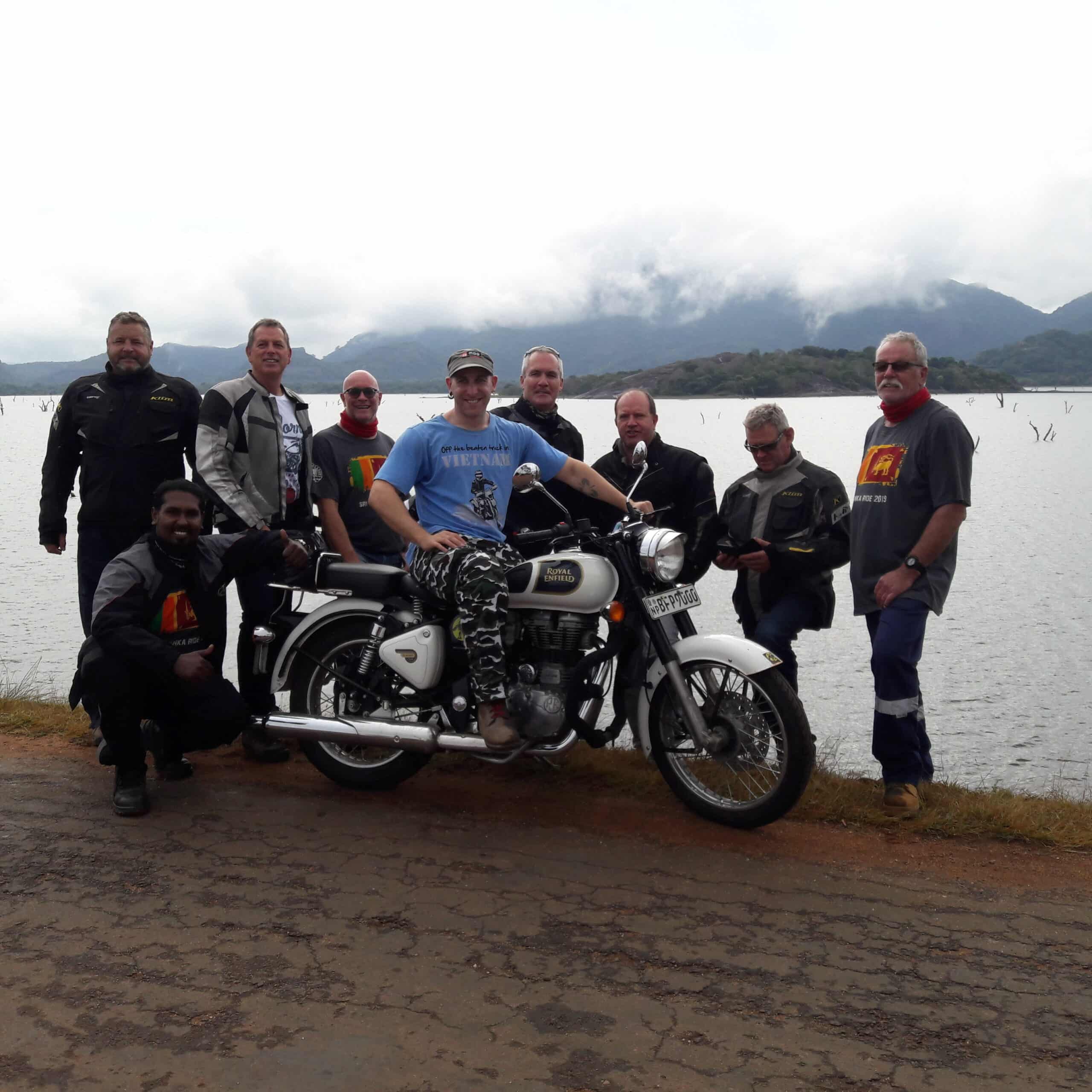
We understand riders. When you book a Sri Lanka motorcycle tour with Onyabike Adventures, we make sure every step of the way is as fun and comfortable as can be — and you’ve got the opportunity to share the ride of a lifetime with friends or family.
9. As always, fantastic bikes
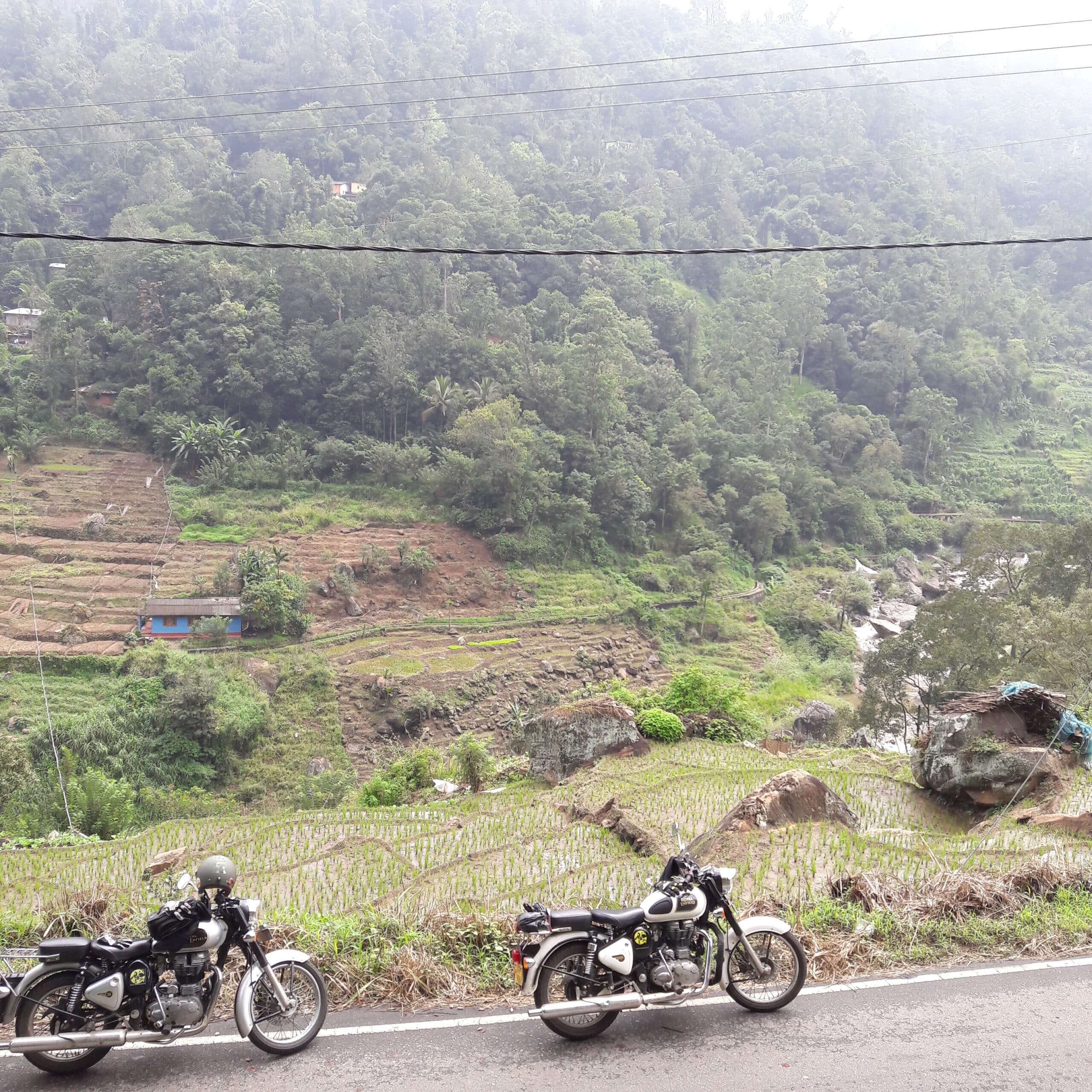
A major benefit of riding with Onyabike Adventures is the bikes themselves — we make sure to use bikes that fit the environment and keep them well maintained. For Sri Lanka, we offer the Royal Enfield Bullet and Royal Enfield Classic.
The Royal Enfield Bullet is perfect for Sri Lanka: Its powerful yet smooth 349cc engine delivers consistent torque and a sweet exhaust to keep your thrill level up. Its comfortable frame keeps riders in the saddle for the long hours winding through tea plantations, mountain hairpins, forest tracks, and beach routes.
The Royal Enfield Classic, like the Bullet, relies on its 349cc engine. Unlike the Bullet, the Classic features a solo seat and more retro styling. So, if you’re riding solo, the Classic is a solid choice for your Sri Lanka adventure.
10. Knowledgeable guides and stress-free travel
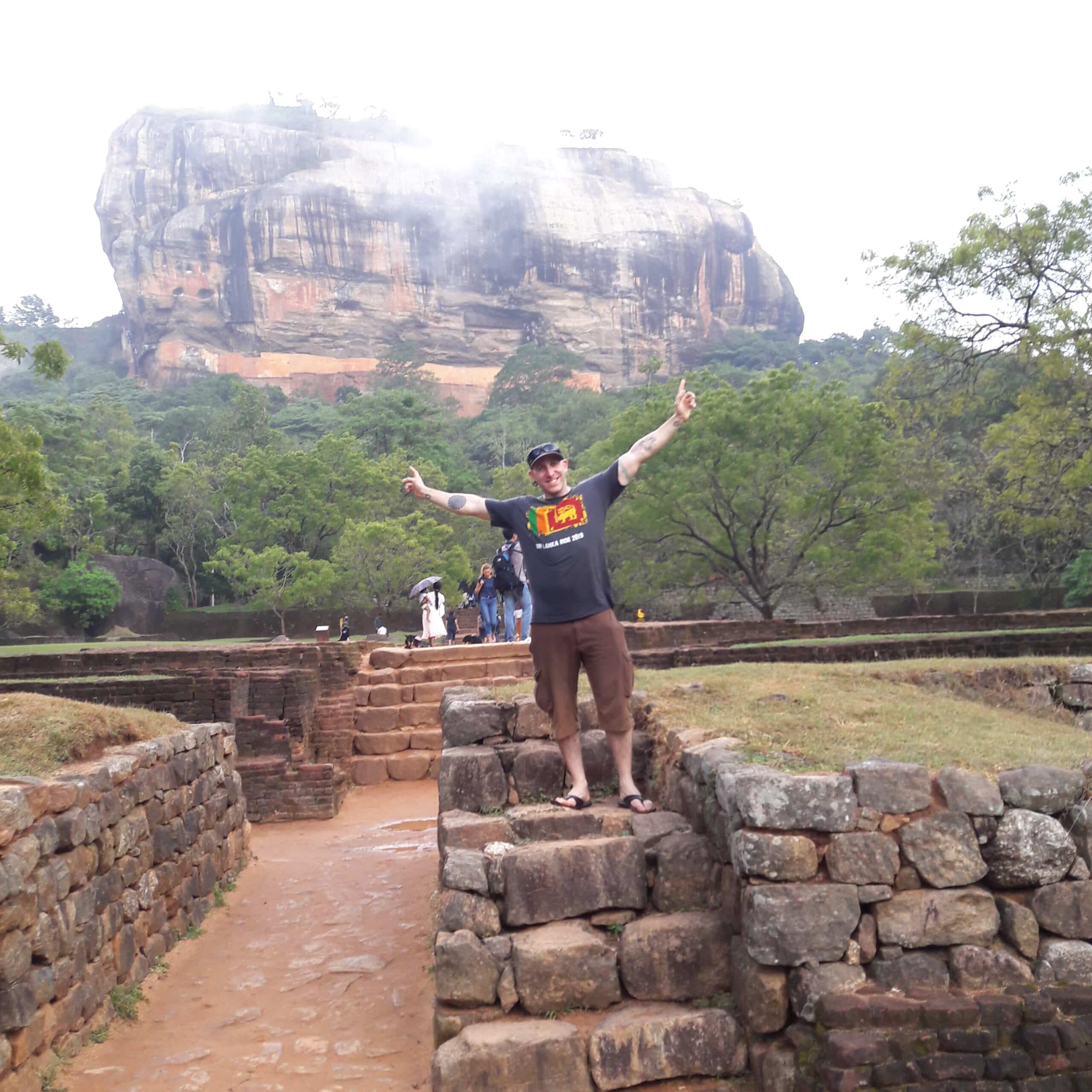
At Onyabike Adventures, we’ve got your back every kilometer of the way. As always, you’ll ride with the best possible guides — seasoned motorbike experts who’ve scoured Sri Lanka for the best roads, from jungle trails to sweeping coastal curves. These guides aren’t just navigators — they’re storytellers who’ll help bring to life the country’s history. You’re fully covered with top-notch roadside assistance, so if a flat tire or rogue monsoon tries to slow you down, we’ll handle it fast — no stress, no hassle. We’ve taken care of the details so you can keep your eyes on the horizon and your throttle open.
We’ve scouted every twist and turn ourselves, riding the back roads to handpick the most exhilarating and scenic routes Sri Lanka has to offer. When it’s time to rest, we’ve secured stays that go beyond adequate — think flash beach resorts and upscale joints that fall between swanky and charming, with killer views, comfy beds, and maybe even a cold Lion beer waiting after a long day’s ride. Our team has sweated the logistics so you don’t have to. All that’s left for you is to soak in the freedom of the ride and let Sri Lanka’s magic unfold around you.
Want to know more? Got questions for us? feel free to reach out. We’re happy to provide info and would love for you to join us on one of our upcoming Sri Lanka trips. Or, if you’re already trigger-happy, book a Sri Lanka tour now and get revved up to go!
Recent Posts



